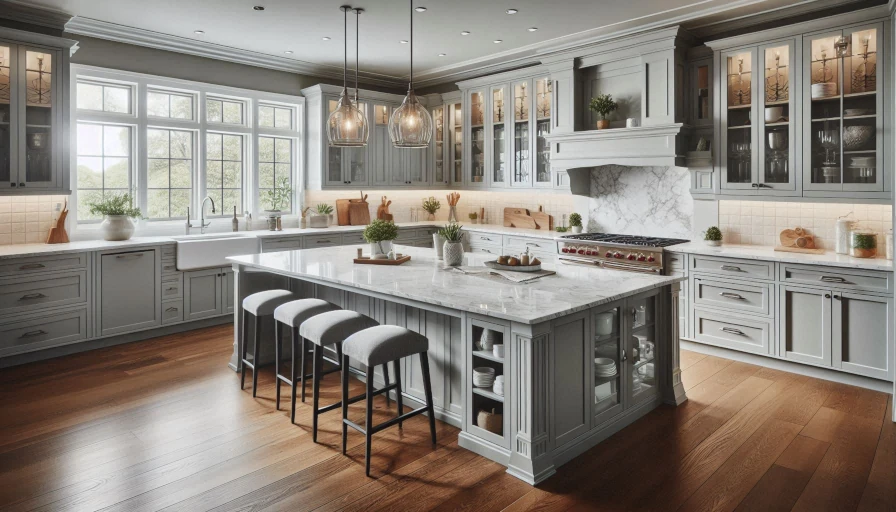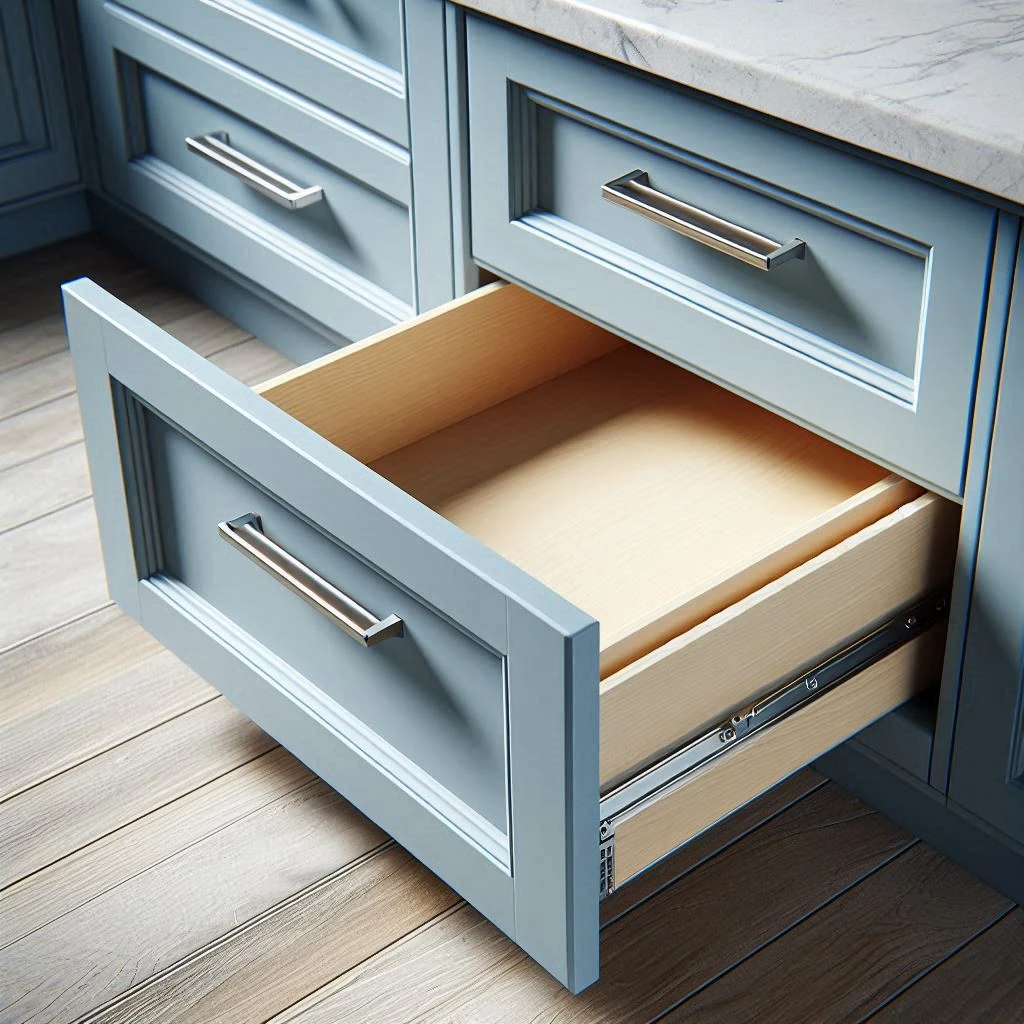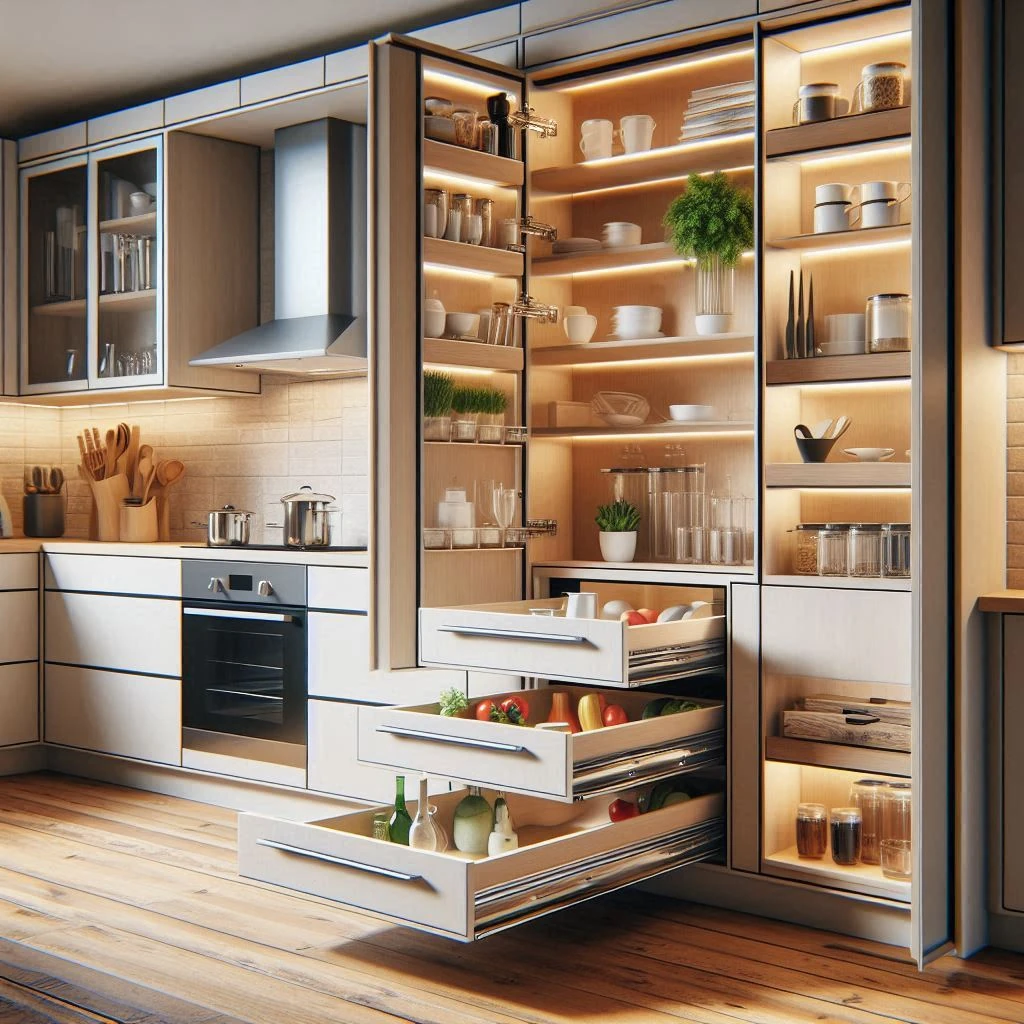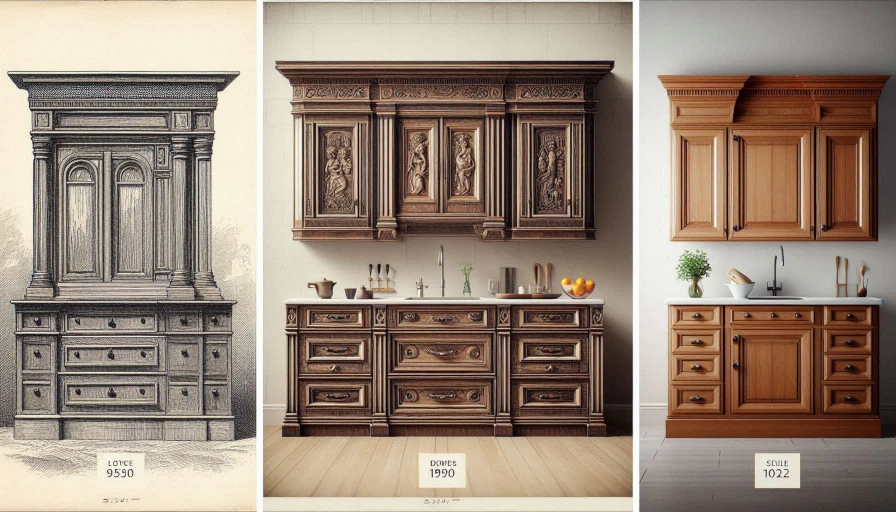Summer Deals! Free shipping over $2999
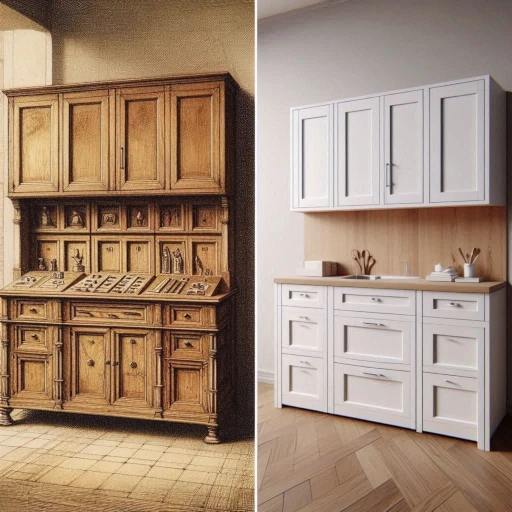
In a world where production lines and automation increasingly dominate various industries, the realm of cabinetry for kitchens and bathrooms is no exception. The evolution of cabinetry in the United States has been a fascinating journey, marked by a shift from traditional custom craftsmanship to the widespread availability of standardized solutions and affordability of stock cabinetry options. Historically, custom cabinetry was the norm, crafted meticulously by skilled artisans to suit the unique needs and preferences of individual homeowners. However, as mass production methods became more efficient and cost-effective, stock cabinetry emerged as a viable alternative, offering standardized designs at lower price points.
The transition from custom to stock cabinetry gained momentum in the mid-20th century with advancements in manufacturing technologies and the growing demand for more accessible home improvement solutions. With the rise of suburban living and the increasing popularity of DIY culture, homeowners sought cost-effective options that could be easily installed and replaced. Stock cabinetry, characterized by its standardized dimensions and pre-fabricated components, provided a convenient solution that appealed to a broader market.
As the demand for stock cabinetry continued to soar, manufacturers responded by refining their production processes and expanding their product lines to offer a wide array of styles, finishes, and configurations. This expansion of options further solidified the appeal of stock cabinetry, making it a practical choice for homeowners looking to renovate or upgrade their kitchens and bathrooms without breaking the bank.
Despite the convenience and affordability of stock cabinetry, some argue that it comes at a cost in terms of quality and craftsmanship. While custom cabinetry allows for greater flexibility in design and materials, stock options often prioritize efficiency and cost-cutting measures, resulting in products that may lack the durability and aesthetic appeal of their custom counterparts. For discerning homeowners who prioritize premium materials and personalized design, custom cabinetry remains the gold standard, albeit at a higher price point.
In conclusion, the dominance of stock cabinetry in kitchens and bathrooms across the US reflects a broader trend towards mass production and standardization in consumer goods. While stock cabinetry offers undeniable advantages in terms of affordability and accessibility, it may not always deliver the same level of quality and customization as custom alternatives. Ultimately, the choice between stock and custom cabinetry depends on the priorities and budget constraints of individual homeowners, with both options offering unique benefits and trade-offs.
